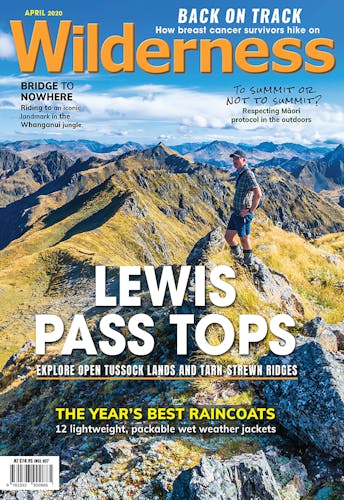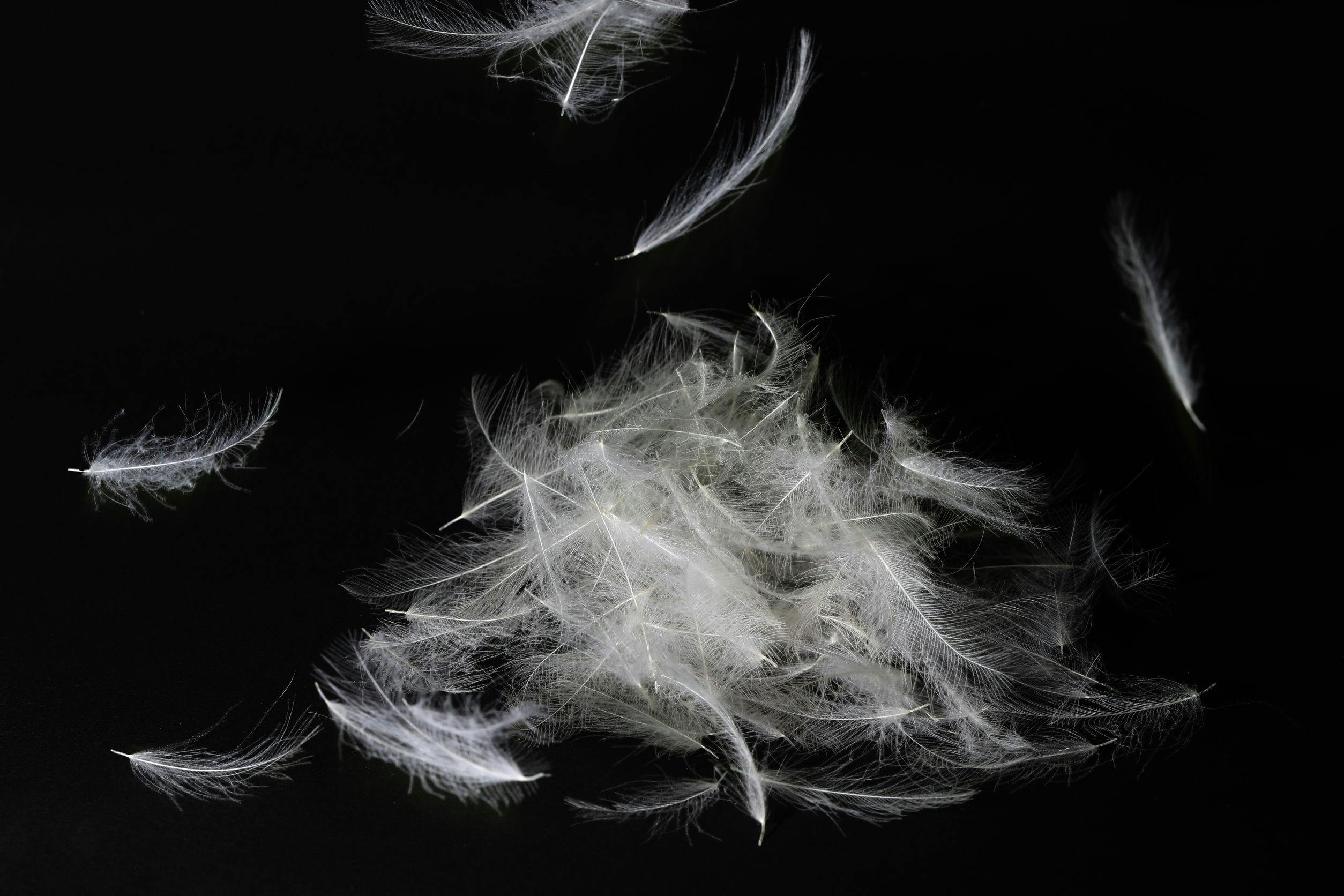Down weighs more in the wallet than it does in the pack, but it’s hard to beat in terms of performance. Matthew Cattin looks into the pricey commodity
Every tramper knows how easy it is to spend a fortune on down.
For the price of a modest four-season sleeping bag and a down jacket, one could enjoy a holiday in the Pacific or a five year supply of scroggin.
“Gram for gram, it’s the most expensive element in any tramper’s kit,” Macpac design manager Gavin Davidson says.
But it’s a bullet we all bite, because it’s hard to beat.
Literally light as a feather, and incredibly warm, it’s the ultimate insulator – proven by nature to keep warm-blooded bodies cosy in the cold.
“Once you’ve tried down, it’s hard to go back – it’s so lovely to wear, it’s comfortable and it conforms to your body,” Davidson says.
But why is it so darned expensive?
Around two-thirds of the world’s down is sourced from China, as a byproduct of the meat industry – the other major sources are eastern Europe and Canada.
This means the price of down in New Zealand is influenced by what meat is appearing on dinner plates half a world away.
“It is like any commodity and has ups and downs, like oil or pork bellies,” says Neil Stichbury, the distributor of the Rab range of sleeping bags and jackets.
The avian influenza outbreak of 2013-2014 saw down prices double, as suppliers were forced to cull thousands of birds to slow the spread of the disease, but on the flip side, the availability of other meats can see poultry spike.
“We’ve seen demand for duck and goose meat go down as more people in China eat pork or beef, but then with the swine flu, demand for pork goes down and demand for duck and goose goes up,” Davidson says.
Not all consumers are comfortable with down, however.
“We’re comfortable with it being a by-product of a meat industry, but a growing number of consumers want animal-friendly options,” Davidson says.
Although synthetic insulation options exist, nothing yet matches the performance of down in terms of warmth-to-weight and packability, and companies are working to reduce the cost of down products.
As of September, Rab’s biggest selling down jacket – the Microlight – will be manufactured with recycled down.
“This is drawn from used duvets and pillows, washed, treated and reused,” Stichbury says.
Davidson says down product design is all about hitting the sweet spot with fill, to get the most bang for buck.
Too little fill, and the down won’t insulate enough, but too much, and the down compresses against itself and loses effectiveness.
The price margin between higher and lower loft downs is also stipulated by supply and demand.
Higher loft down – used in technical gear – is sourced from larger plumules, which comes from bigger, older birds, often in colder climates.
As most birds are killed at a young age, these older birds are harder to come by, and higher loft down is often sourced from the more mature, breeding birds.
The higher the loft, the more efficient the down as you can use less of it to achieve the same level of insulation as lower loft down.
The down is sorted by a method like fractional distillation, Davidson says, which readers may remember from high school chemistry.
“Once it’s been cleaned, it’s literally blown into a huge tower, and the best down floats to the top,” he says, though it’s in lesser quantities than the lower loft down.
“There is just less of it, which is why it is so expensive,” Davidson says.








